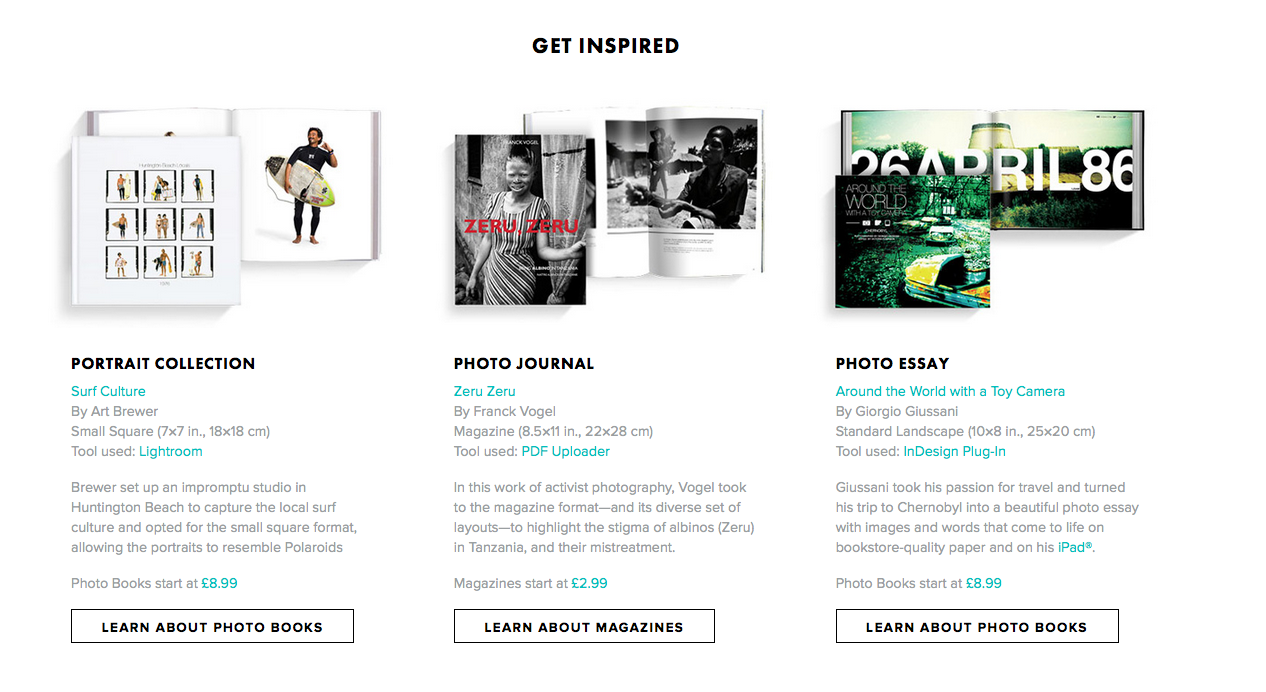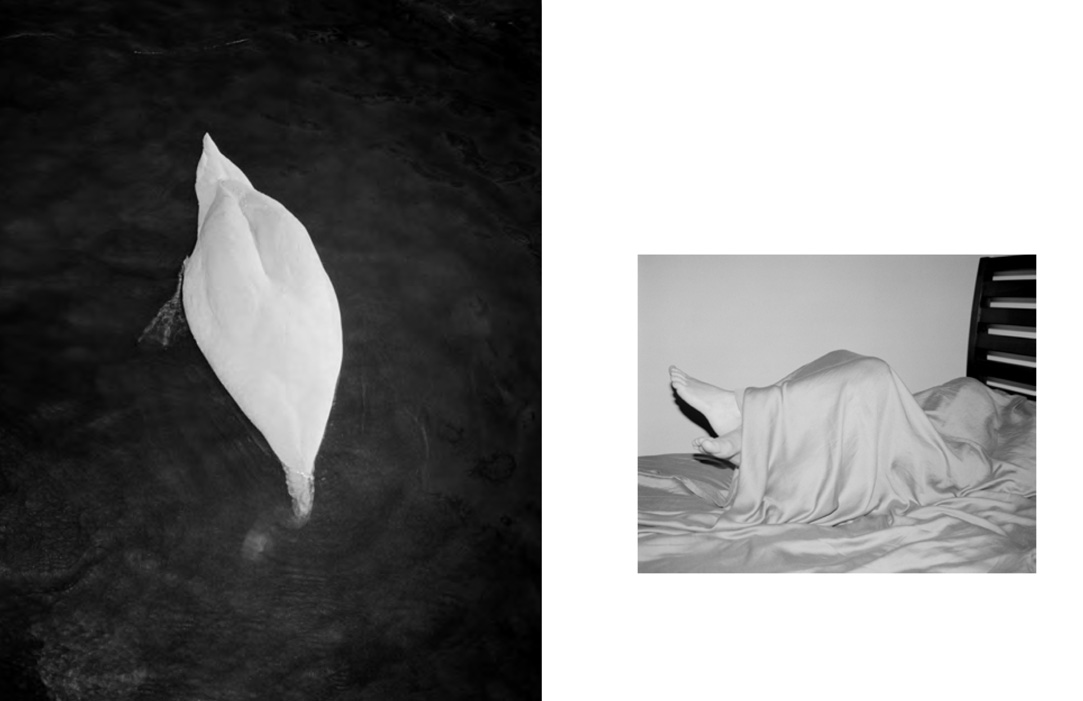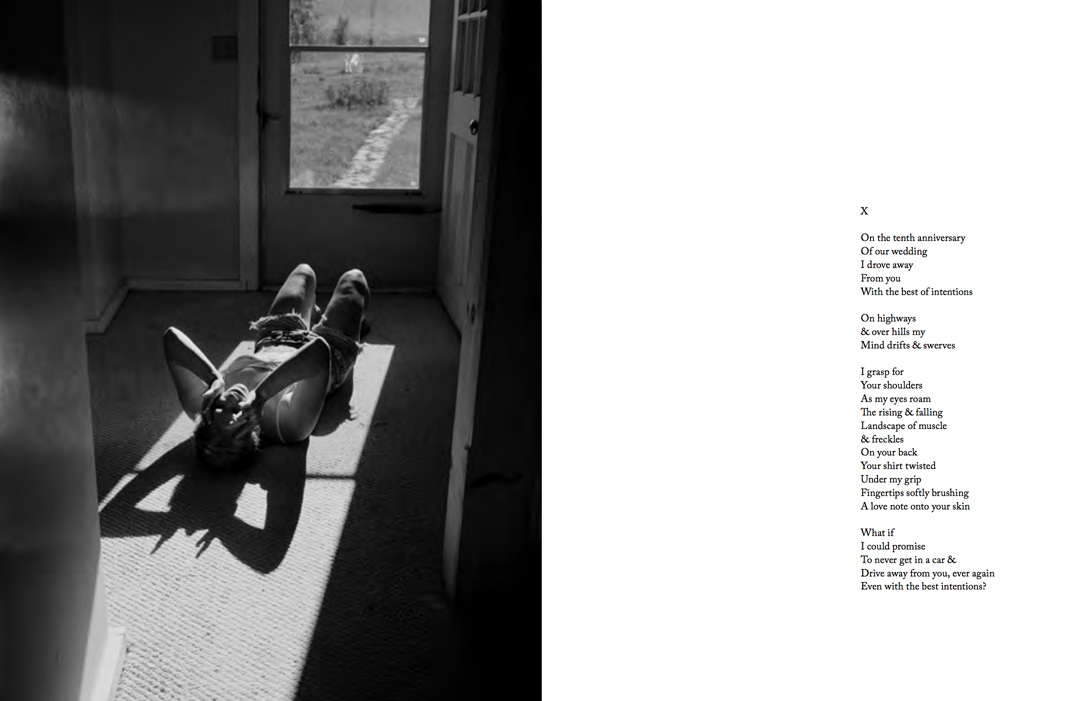I have chose to analyse the work of Phillip Toledano, I feel this makes sense as my essay question is discussing his work in relation to change, fate and absence. Phillip has made two book, which particularly inspire me in relation to my own personal investigation. I will be particularly focus on ‘Days with my Father.’
I have already looked into the story and the narrative of the book as it was one of my artist references so therefore I have some background information on Phillip and his work. Days with my father was made after his mothers death and he realised how severe his fathers memory loss was. He recorded the final chapter in his father’s long life, his sense of humour, his struggle with memory loss and above all his unfailing spirit. He particularly reflected on his father’s changing state. It shows the change but also the relationship between father and son and also how this has changed as a result of his memory loss. The genre of this is documentary photography, this is because he is photographing his dad doing things he might normally do, showing every emotion he has felt throughout the time he was photographing. Although in some of the images he might know he is being photographed and they could be seen as a bit posed they are naturalistic images, which to me feels like a documentary style book. He documents his father doing regular things but brings an element of emotion and connection within the photographs, which is reinforced my small sections of text explaining different aspects of his fathers life, conversation, feelings etc which relate to the image aside it. I feel this is almost a celebration of his fathers life as well as revealing his struggles, which I feel is extremely powerful and meaningful. This is an emotional rollercoaster of discovering long hidden details, of moments of genuine laughter, and of the intense sorrow and helpless emptiness of seeing the parent slowly deteriorate and finally die. This is extremely personal and heart-warming, which is clearly shown to the readers through each page in the book. I feel like the book was made to create a different and deeper relationship with his father as well as providing support to him in times where he was struggling with grieve as well as his illness (memory loss). The book would have been for himself as well as giving other viewers an insight into what living with memory loss is like, almost educating community on this, as well as maybe giving people relief who are going through the same thing as they know it isn’t just them.
The book itself is a small landscape size book and is a hard back, which has a card cover over it that has an image of his dad on the front, with the title ‘DAYS WITH MY FATHER’ on the back of the paper cover there is another image of his father’s toothbrush on a glass. Inside there are two pieces of text- one in the inside at the front and one at the back, which describe the book. The small well put together book feels precious as it feels small in your hands and you know it is a sentimental book. The book does not of anything in particular, just smells of good quality paper. The pages are all the same size and the same thickness, which I really like. The paper is thick and has an almost matte finish, which makes the paper feel smooth.` The images themselves are in colour throughout and he as no use of black and white images. All of the images are landscape and all but 2 are full bleed, which means there is no broader around the photograph to frame it. the others are portrait images on a landscape page, which creates a white blank space. The book and the photographs within the book are of an A5 size and there are 47 pages within the book. Throughout all of the book there is always a double page spread, for the majority of the book there is a white page on the left, which is either left blank or has text on it to marriage with the image of the right. There is one double spread page, which has two images on both the left and the right, one being full bleed and the other being a portrait, which takes up half of the page on the right. There were no grids, fold-outs or inserts, it is a very tidy and smart looking book. The images are all edited in the same way, which provided a rhythm and sequence to the book. The images were all high in contrast and they all had low lighting, which created shadows in the images. The title ‘Days with my father’ is relevant to the book and the story line and is taken quite literal as he explains it was his fathers last days. The text written next to the images link to the overall narrative and the images along side them, they told stories or created emotion and almost described the images.
My Book specification
I would like to make my book through BLURB so that it has a hard cover, which will protect the pages within the book. This is something I found quite important as the images themselves are extremely precious to me. I would like the book to be small and landscape, which is similar to Phillips book about his father. I would like my design and layout to be similar to Phillip’s in that most of the way through there will be little notes or quotes next to specific photographs, but I would also like some images to take up two pages (double page spread) to empathise that particular image and also have some images full bleed as for most of my book I would like a broader around my images to act as a frame. The photographs within the book will be a mixture of black and white images and colour, which will be spread out over the book. I would also like to experiment with overlaying and grid my images on a page, however I am not sure how this will look. I would like to play around with the order of the images, but for now I don’t want my images to be in any particular order. My order will be what looks the most aesthetic and also of course fits my theme of Absence, Fate and Change. My narrative is exploring my granddad, showing how his life has changed dramatically from illness, which started from a stroke, leading to other illnesses impacting his life. I am also exploring absence within my work, particularly within my archival aspect of my work. I will be using both documentary style photographs and archival photographs to show elements of change. I will be including text in the book as I mentioned before, including quotes, stories and small explanation as well as my essay, which is tackling ‘How does Phillip Toledano explore notions of change, fate and Absence in his work? I would like the paper to be a matte finish and I would like all the paper to be the same size within the book. This might change when I come to making the book. I would like the paper where I am going to insert writing to be white and the ink be black in a basic font. I would also like the pages to smell of my granddad by spraying his aftershave on the pages, although I know it will not stay on the pages for long. Finally, my title for my book will be: ‘The Aftermath’, which I would like to have in bold text and in capital letters. I researched into photobooks and also looked on the website blurb to gain ideas and inspiration for my book.





